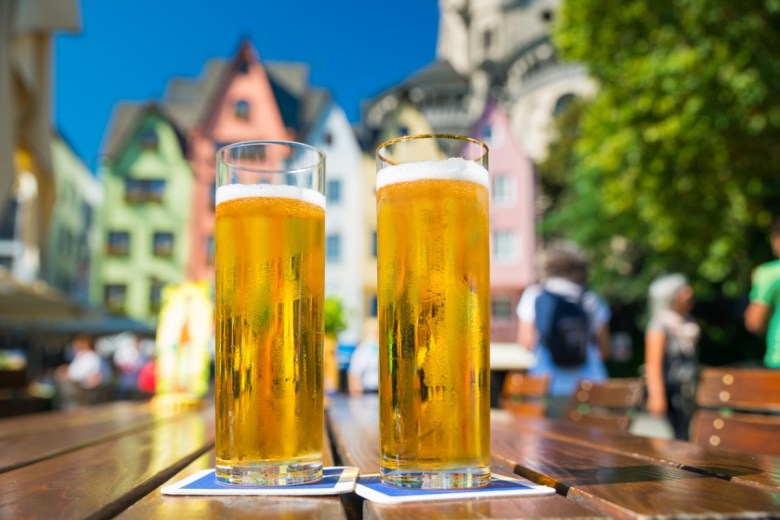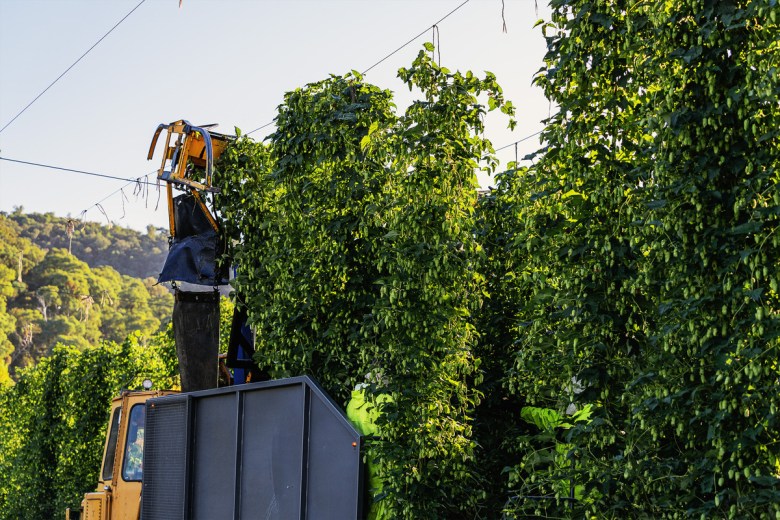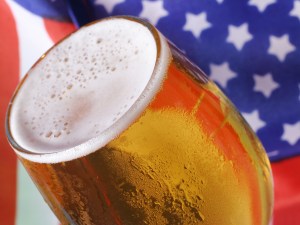“Wait! Women run hop farms in Michigan?” That was the response from one brewer as I gathered information for this story. While Michigan ranks number one in the Great Lakes region and number four nationally for total hop acreage, many of the women driving that success remain behind the scenes. From harvest coordination and greenhouse […]
The post Michigan Hops: The Women Behind the Bines appeared first on CraftBeer.com.
 The brewery's latest venture offers a produce-led dining experience on the waterfront at Manly Wharf.
The brewery's latest venture offers a produce-led dining experience on the waterfront at Manly Wharf.  A harvest-season collaboration sees Felons and Bright Brewery craft a limited, fresh hop pilsner in Bright.
A harvest-season collaboration sees Felons and Bright Brewery craft a limited, fresh hop pilsner in Bright.  Inspired by travels during his twenties, Brett Philips shares how he found his love for beer in Europe and how that inspires his work today.
Inspired by travels during his twenties, Brett Philips shares how he found his love for beer in Europe and how that inspires his work today.  John Palmer guides you through brewing this delightful beer, that is widely praised but far too often poorly replicated.
John Palmer guides you through brewing this delightful beer, that is widely praised but far too often poorly replicated.  A new project delivered by the AEGIC will support Australian barley growers to further diversify markets as demand grows in Central and Latin America.
A new project delivered by the AEGIC will support Australian barley growers to further diversify markets as demand grows in Central and Latin America.  Weather conditions led to reduced hop yields across the board, but high alpha and oil levels indicate a promising crop.
Weather conditions led to reduced hop yields across the board, but high alpha and oil levels indicate a promising crop. 

